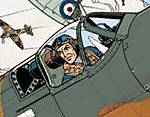To finish reading the work you've done on the seams is to highlight them so the flaws if any, become glaring. My preferred method is to lightly mist a very translucent coat of a light colored flat paint, whether enamel or acrylic over all of the assembly seams, not just the filled ones!

Any glaring errors such as these spots (I purposely left to illustrate

) I forgot to sand really pop out at you with a little color contrast provided by the paint.
Along the belly seam I found a spot that appeared at first glance to require touch up but by using a closer peek with under my magnification lamp and a little tactile testing it really turned out to be fine.
So, what do you do if you do find a flaw, well simply lightly sand the area to remove the paint from the surface (hence the reason to only lightly mist a translucent amount), use the appropriate filler (if required) to accomplish the task (Mr Surfacer or ultra thinned putty) then sand and polish...repeat as necessary. Why remove the paint you ask? Because cement and fillers usually will not adhere to a painted surface.
As your skills improve, you will find that you'll nail it on the first attempt with just a few little spots that get missed. Learning how to 'Read the Seam' by noticing how the plastic oozes from the seam when it is cemented and pressure applied, how the dust from sanding forms a line along the minute gap along the seam and spotting flaws before you step forward to the painting process will really improve your models overall quality and appearance.
TIP: If you do end up using a fair amount of putty and it has even a slight contrast in color compared to the plastic you'll want to be sure to prime the thinner with a neutralizing color. A color that closely matches the plastic or if applying a light color such as white, yellow, light gray or pale blue you'll want to apply a primer to the surfaces that will be painted with those colors. This provides a solid base of color which prevents the contrast of the darker putty from bleeding through necessitating large (many coats) amounts of paint to get uniform color coverage.
Well guys & gals, I've reached the end of major assembly for the DC-3, she's headed into the paint booth to get an overall NMF. So, I need suggestions as to what you want demonstrated. It can be about seams and assembly issues or I'm open to suggestions for new threads.
Standing by!

 "Q"
"Q" 


 "Q"
"Q" 































 Cheers!
Cheers!






 ) I forgot to sand really pop out at you with a little color contrast provided by the paint.
) I forgot to sand really pop out at you with a little color contrast provided by the paint.



















